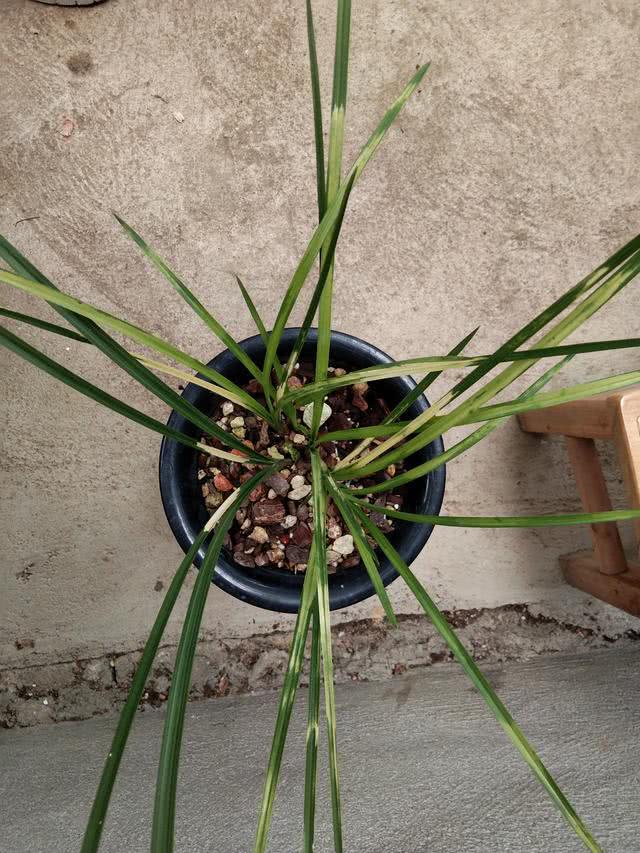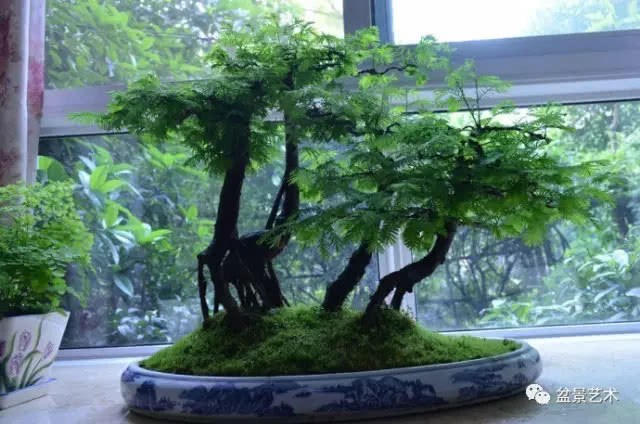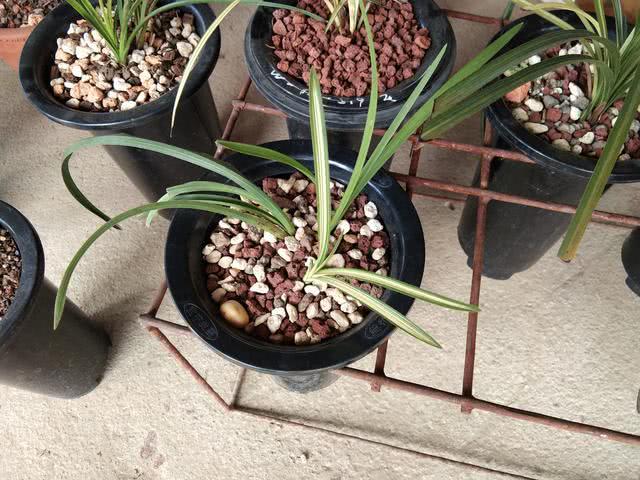Orchids should be watered from pots and not into buds so as not to cause rot.

Watering time: watering after sunset in summer and autumn to make orchid leaves dry before nightfall, or watering in the early morning; watering before and after sunrise in winter and spring. Do not suddenly irrigate with cold water after the sun, so as not to reduce the soil temperature, affect the water absorption of the root system and interfere with the physiological balance. The amount of water should not be too large in order to restrain the occurrence of diseases.
Watering method: watering should be poured from the pot pot, not into the bud, so as not to cause rot.
Predecessors have a good summary of experience in watering orchids. For example, Yu Zhao proposed different watering methods according to the 24 solar terms in Dumen Yilan Ji, which are excerpted below for reference. But we should pay attention to two points: first, the Dumen Yilan Ji is based on the climate of Beijing; second, the month in the article refers to the lunar calendar rather than the Gregorian calendar, for example, the first month is actually the second month of the Gregorian calendar.
1. The Beginning of Spring and Rain Water, the spring orchid has been covered with flowers, and the soil should not be too dry and moist slightly along the pot; if the autumn orchid pot is not dry to the bottom, it will not be watered.
2. When the spring orchid basin is dry to half a basin (solid above), it can moisten the water, but not much. Qiulan is the same as before.
3. The Spring Equinox, the spring orchid has withered, avoid dampness, and moisturize the basin when it is half-dry.
4. Qingming Festival, Grain Rain, do not dry the basin soil and moisturize the water every 5 days.
5. The Beginning of Summer, Lan begins to come out of the house and should be watered thoroughly.
6. Lesser Fullness of Grain, the basin soil should not be too dry or too wet, the spots on the leaves are too wet, and the withered tip of the new buds is too dry. Watering one liter (about dry teacup) every 4 days to make the basin soil moist from bottom to top.
7. Grain in Beard, the climate is dry, so it is better not to be too dry and wet.
8. The Summer Solstice, the basin soil should not be too dry. If it rains heavily, it can only be tolerated for one day. If it rains continuously, the basin should be moved to a ventilated place.
9. Lesser Heat, the air is too wet at this time, the basin soil should not be too wet, the basin should be placed in a ventilated place, if it is hot and dry with little rain, one liter of water should be watered every 2 days, heavy rain or heavy humidity, it must be dry until the basin soil is 2gambit 3, otherwise it should not be watered again.
10. Greater Heat, the basin soil is easy to dry to the end, so you should pay attention to heavy rain or wet only once a day.
The Beginning of Autumn, Lan is in need of water at this time, need 2 liters of water every 3 days, and should be protected from the wind in seconds.
12. The department, watering every 5 days, can expose it to rain and dew except for continuous haze and rain.
White Dew, autumn orchids need to be watered more frequently than spring orchids, but they must be dry after the water is wet before they can get wet again.
14. The Autumn Equinox, if the autumn orchid has flowered, it should be watered a little less; if there is no flower, the watering should be slightly increased.
Cold Dew, Qiulan should be watered thoroughly, while Chunlan should not be thoroughly watered.
16. Frosts Descent, Lan Yi enter the room, the watering time is changed to the middle of the day, and need to be exposed for 1-2 hours after watering.
17. The Beginning of Winter, only moisten the water, about half a liter every 5 days.
18, Lesser Snow, greenhouse should not be too warm, should not be too wet, if too damp can cause rotten roots, scar leaves and even wilt, if the pot is not dry to the bottom, just slightly moisten the soil.
19. Heavy snow, autumn orchid does not need water, spring orchid should be slightly moist
20. The Winter Solstice is not suitable for irrigation.
21. Lesser Cold, all avoid watering.
Greater Cold, autumn orchid still does not need water, spring orchid can be slightly moisturized with water.
This article comes from the original contribution of Yumi Landscape, please contact the official account of Yumi Landscape for reprint!
- Prev

Key points of cultivation techniques of Metasequoia glyptostroboides
1. Ecological habits: Metasequoia glyptostroboides is a large deciduous tree of Cunninghamia lanceolata of Taxodiaceae. Originated in China, it is a relic plant and living fossil in ancient times, and it is one of the key trees protected by the state. Metasequoia glyptostroboides like sunshine, cold-resistant, shade-resistant, adaptable and deep in soil layer.
- Next

Often worrying about the soil, sawdust shavings and orchids have many advantages that hard plants can't match.
Urban families grow flowers and often worry about the soil. in fact, as long as you go to a wood processing factory or furniture production to collect some sawdust, you can make a very ideal flower substrate. Sawdust has good properties of looseness, ventilation, water permeability and water retention.
Related
- Wuhan Hospital Iron Tree Blooming Result Was Instantly Frightened by the Gardener Master
- Which variety of camellia is the most fragrant and best? Which one do you like best?
- What is the small blue coat, the breeding methods and matters needing attention of the succulent plant
- Dormancy time and maintenance management of succulent plants during dormancy
- Minas succulent how to raise, Minas succulent plant pictures
- What are the varieties of winter succulent plants
- How to raise succulent plants in twelve rolls? let's take a look at some experience of breeding twelve rolls.
- Attention should be paid to water control for succulent plants during dormant period (winter and summer)
- Watering experience of twelve rolls of succulent plants
- Techniques for fertilizing succulent plants. An article will let you know how to fertilize succulent plants.

